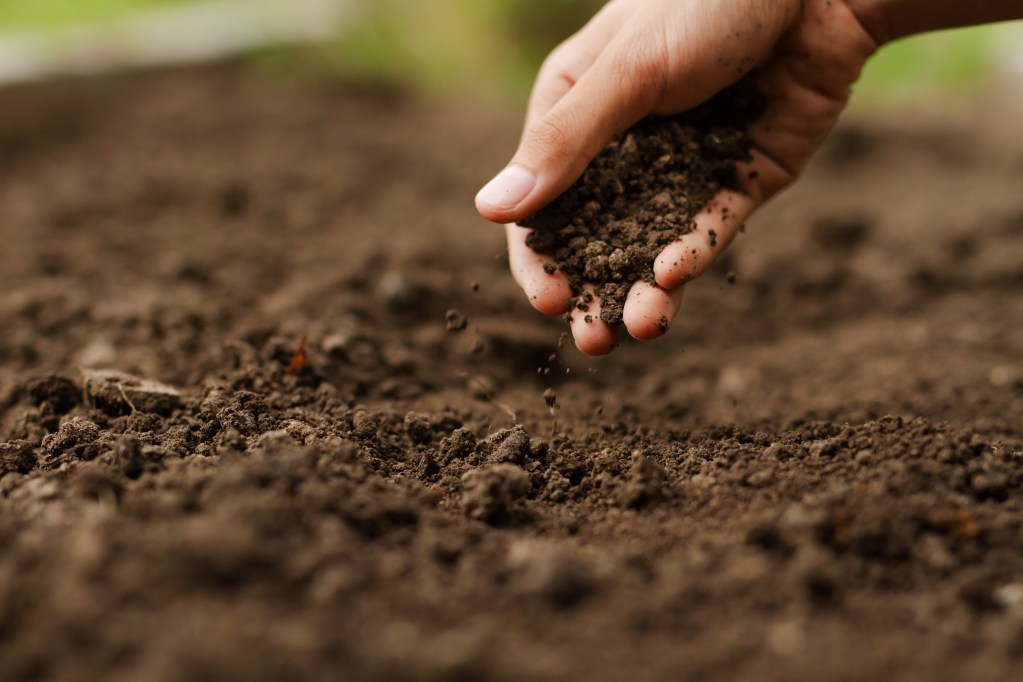
Tried-and-true peat moss and up-and-coming coco peat (or coir) are each natural soil conditioners that can be extremely beneficial for those with sandier soil compositions. Each of these products is useful for evenly distributing heavy clays, assisting water retention, and encouraging healthy microbial populations.
So, which is best for the modern gardener? This is quite the loaded question because the truth is that both peat moss and coconut coir can be useful under similar and different circumstances. When considering peat moss vs. coco peat, you’ll need to evaluate a few factors. Keep reading to learn more about some of the key similarities and differences between these exciting growing mediums.
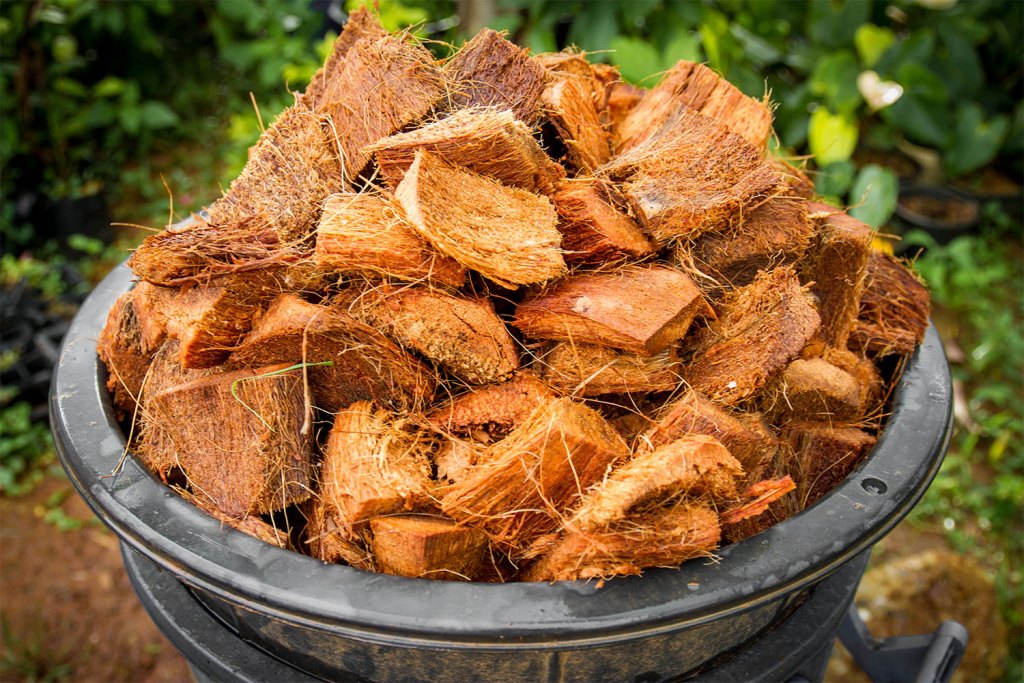
What is coconut soil?
Coco fiber is often referred to as coconut soil or coco coir. It is a byproduct of coconut production and tends to be sourced in regions such as Sri Lanka, India, and Thailand. Coco coir has a long history of use as a hydroponic growing medium. It’s becoming more popular as an alternative to soil for gardeners around the world.
Many claim coconut soil to be a particularly sustainable and environmentally friendly product. Others, however, disagree with this claim because of the vast amounts of water required to prepare commercial coconut fiber for use in gardening. Sustainability aside, coconut soil can be a very useful gardening product with a variety of applications.
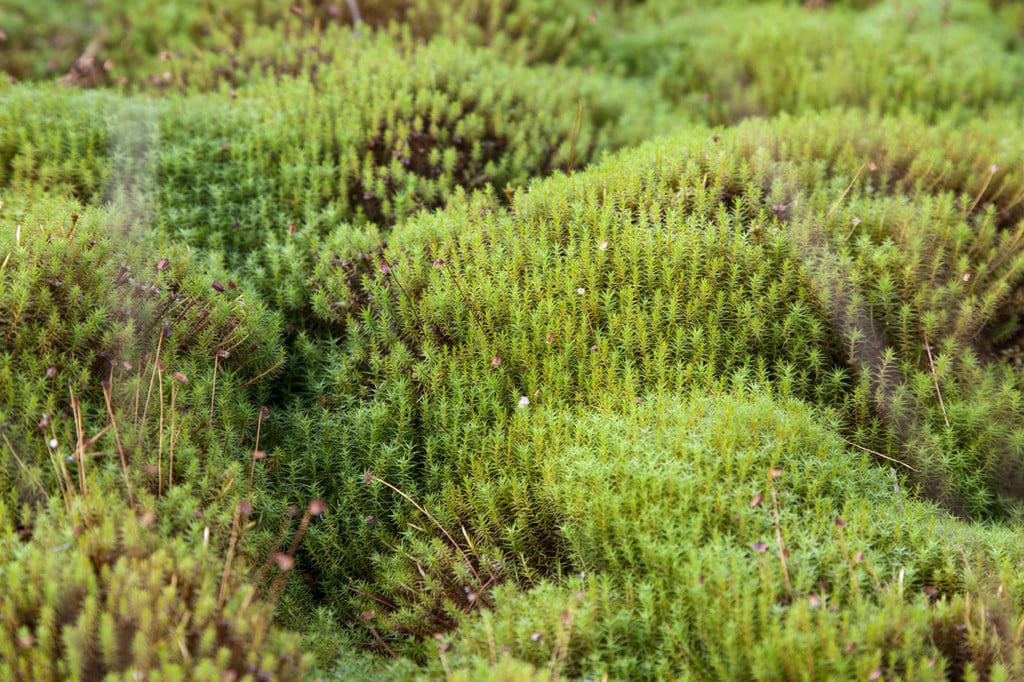
What is peat made of?
Peat is derived from the sphagnum moss found mostly in Canadian marshlands. This product is naturally acidic and became available in the mid-1900s. It somewhat revolutionized gardening by allowing, among other things, for better control over the way water is retained in soil.
Peat helps soil retain water, which in turn allows vital nutrients and minerals to stick around longer, too. Peat moss can soak up a massive 20 times its weight in water, releasing it back at a very slow rate. This is the quality that has made it a standard for many gardeners over the past 50 years.
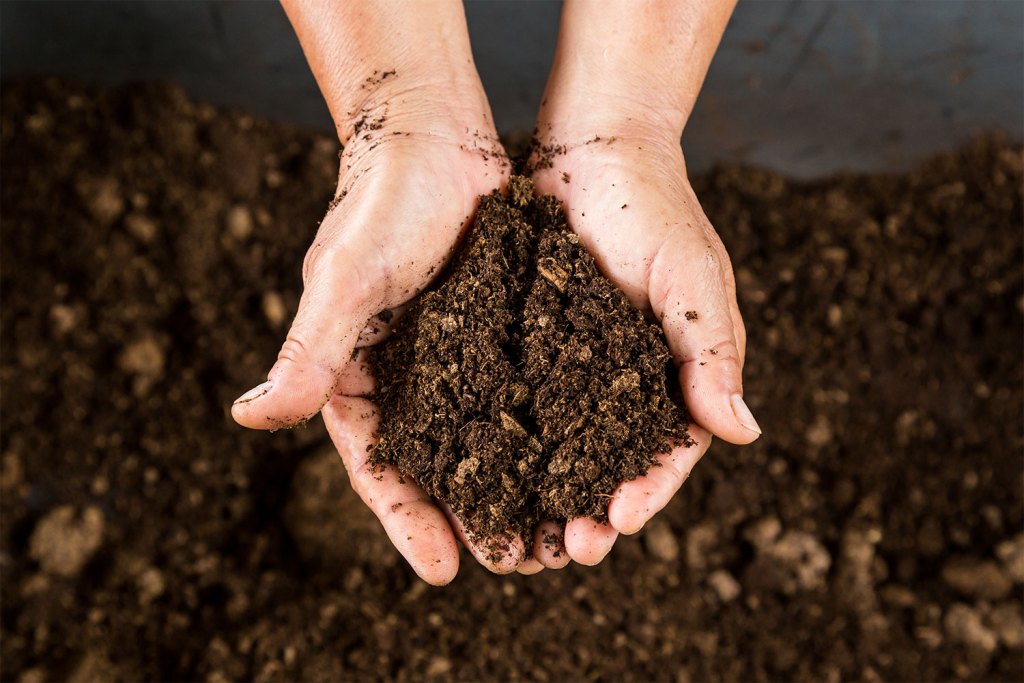
Where does peat moss shine?
Plants that thrive in moist soil will love growing in peat moss. The water retention qualities here are almost better than anything else out there. While not every plant loves this degree of moisture, many are very happy to receive it. Peat moss also tends to be a bit more cost effective than coconut coir in most cases. This can help it to be a less expensive growing medium. Plus, if you water your plants with tap water, peat moss can be a useful choice. Because tap water tends to be alkaline, using peat moss—which is acidic—can promote a more neutral pH for your soil.

Is coconut soil good for plants?
Coconut soil can be a great choice for many different gardening applications. Coconut soil actually holds more water than peat moss but will not retain the water for as long. Also, because its pH is very close to neutral, it can be used with a wide variety of plants without the need for additives to balance acidity.
It’s possible to grow plants in a mixture of coconut coir as high as 80% coconut. This can be an attractive option to get some of the benefits of both natural soil and coconut soil. With reconditioning, it’s even possible to use coconut soil from year to year. This is another benefit that boosts the sustainability profile of this growing medium.

Is coco coir better than soil?
If you can water your plants frequently, coco coir can be a vitality-promoting growing medium. In many cases, plants grow quicker and healthier when planted in this soil or a mixture than in normal soil alone. Coco coir is also a particularly useful compost addition. It has a high carbon composition that can help balance nitrogen-rich materials such as leftover foods and grass clippings. Many gardeners love that coco coir takes an exceptionally long time to decompose. This helps to make it a potent growing ally that can last for two to three growing seasons if reconditioned properly.
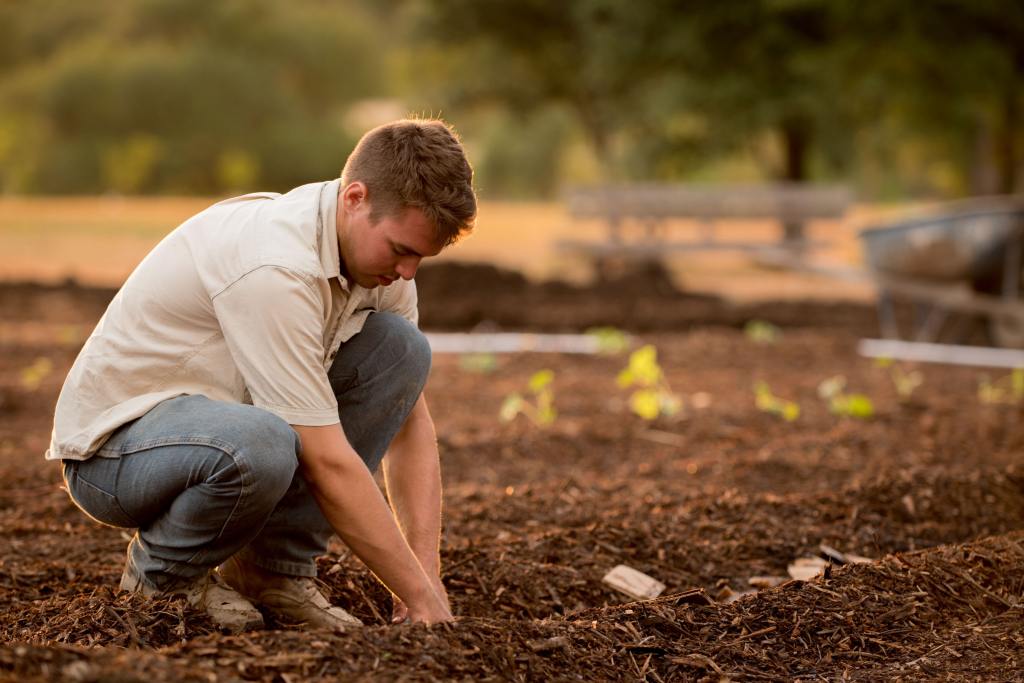
Can you combine peat moss with coco coir?
You can usually combine peat moss with coco coir, especially if you have plants that require a lot of watering or live in a somewhat drought-prone environment. Both are great for retaining moisture and improving soil structure. Many DIY soil recipes even include both materials. Whenever you combine peat moss with coco coir, remember to add vermiculite or perlite to avoid too much water retention, which can lead to rot. Also, don’t forget to incorporate materials, such as castings, manure, and compost, to improve soil nutrition.

So, which is the right one to use?
Both peat moss and coconut coir can be very useful products for gardeners. They offer some similar benefits but also have many differences. The best choice is the one that matches the unique soil composition of your yard, the plants you want to grow, and several other factors. Coco coir can also reduce peat moss’ acidity, in case you want to mix together a more neutral growing medium.
If you are unsure which product to choose for your garden, consider consulting the experts at your local garden center. They will be able to give you the lowdown on these products once you tell them more about your garden and what you hope to achieve. The bottom line is simple: Both peat moss and coconut coir are amazing products that can be very useful for the modern gardener.


